IB Biology HL (HIGHER level)- 2024 – Practice Questions- All Topics
Topic 1.2 Ultrastructure of cells
Topic 1 Weightage : 8 %
All Questions for Topic 1.2 – Prokaryotic Cell , Eukaryotic Cells , Organelles , Microscopy , Cell Micrographs, Types of Bacteria, Animal versus Plant Cells
Question
In mammals, mature red blood cells are specialized in that they lack nuclei, mitochondria or ribosomes. Which statement applies to red blood cells?
No chemical reactions take place within their cytoplasm.
They cannot produce new enzymes.
Materials cannot enter red blood cells.
Materials cannot exit red blood cells.
▶️Answer/Explanation
Ans: B
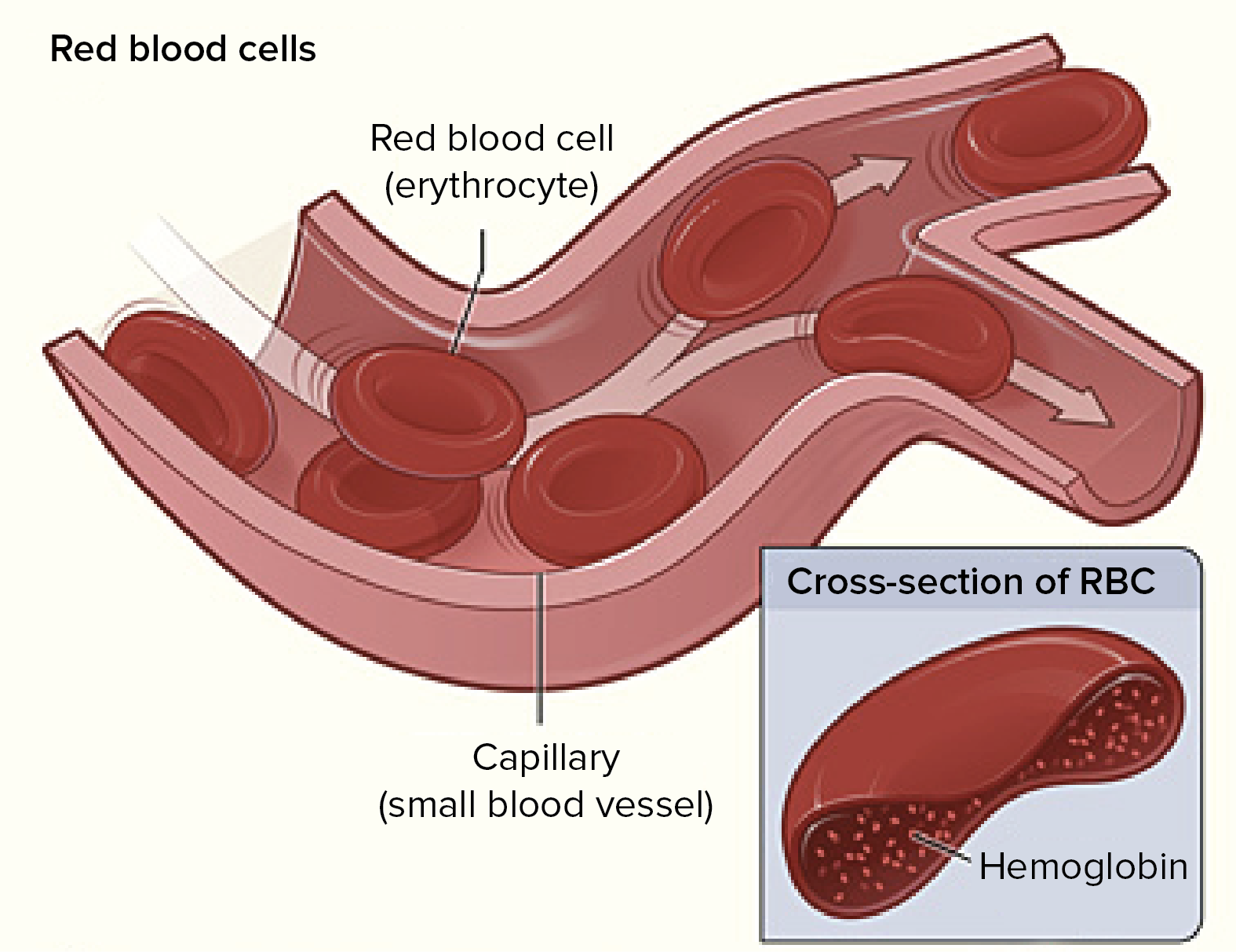
Red blood cells (RBCs) are specialized cells that carry oxygen throughout the body. They have a unique shape and structure that allows them to do this function efficiently. However, they also have some limitations, such as the lack of a nucleus and organelles. This means that they cannot produce new enzymes or proteins after they enter the circulation from the bone marrow. They rely on the enzymes that they already have to maintain their energy production and protect themselves from oxidative stress.
Some examples of enzymes in RBCs are glucose-6-phosphate dehydrogenase (G6PD), which helps generate NADPH to prevent oxidative damage, and pyruvate kinase, which helps produce ATP to power the cell. If these enzymes are deficient or defective, RBCs may become more vulnerable to hemolysis (breaking down) and cause anemia. These conditions are called RBC enzymopathies and they are usually inherited.
What is a function of the plant cell wall?
A. Formation of vesicles for transport of large molecules
B. Prevention of excessive water uptake
C. Communication with other cells by means of glycoproteins
D. Active transport of ions
▶️Answer/Explanation
Markscheme
B

A plant cell absorbs water without bursting just because the support provided by cell wall and the membrane around the central vacuole. The cell wall is a rigid structure that surrounds the cell membrane and it prevents excessive water intake. The membrane around the central vacuole, called the tonoplast which regulates the movement of water and solutes into and out of the cell. This helps to maintain balance between the water potential inside and outside the cell by pumping ions out of the vacuole. Tonoplast and Cell wall effectivly create a pressure balance that prevents the cell from bursting, allowing the plant cells to maintain their shape and function.
What distinguishes prokaryotic cells from eukaryotic cells?
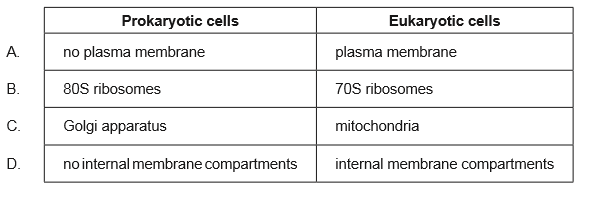
▶️Answer/Explanation
Markscheme
D
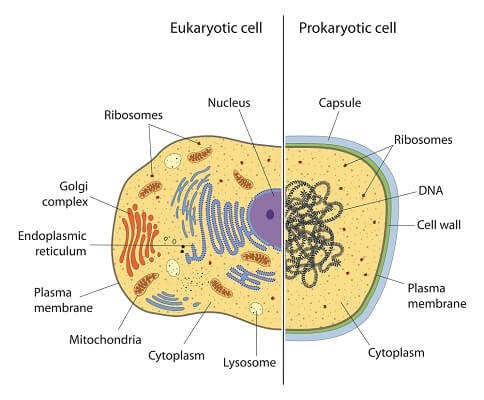
What is an example of binary fission?
A. Cell division in prokaryotes
B. Production of haploid gametes
C. Separation of chromatids in prokaryotic cells
D. Replication of prokaryotic DNA occurring simultaneously in two directions
▶️Answer/Explanation
A
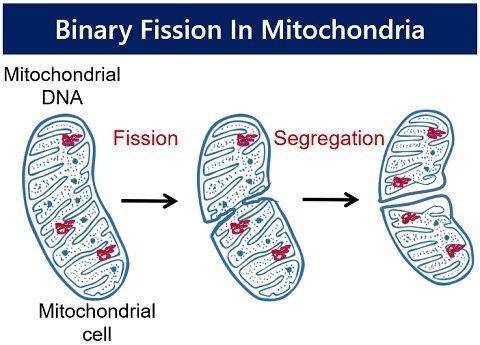
Binary fission is a process of asexual reproduction in which a single cell divides into two identical daughter cells. Binary fission is common in prokaryotes such as bacteria and archaea, as well as some eukaryotes such as amoeba and paramecium. Binary fission also occurs in some organelles such as mitochondria and chloroplasts that have their own DNA.
The steps of binary fission vary depending on the type of organism and organelle, but generally involve the following stages:
– DNA replication: The DNA of the cell or organelle is copied and attached to different parts of the cell membrane or inner membrane.
– Cell elongation: The cell or organelle grows in size and separates the copies of DNA to opposite poles.
– Cytokinesis: The cell or organelle splits into two by forming a septum or a cleavage furrow in the middle.
– Separation: The two daughter cells or organelles detach from each other and become independent.
The following table summarizes the steps of binary fission in bacteria:
| 1 | The bacterial chromosome is tightly coiled and attached to the cell membrane.
| 2 | The chromosome is uncoiled and replicated by specialized proteins.
| 3 | The copies of the chromosome are attached to different regions of the cell membrane. The cell elongates and separates the chromosomes.
| 4 | A septum forms in the middle of the cell, dividing it into two compartments.
| 5 | The septum completes and the cell wall forms around it. The two daughter cells separate and become independent.
Some examples of organisms that perform binary fission in different prokaryotes:
– Bacteria: Bacteria are prokaryotic organisms that have a single circular chromosome and may also have plasmids, which are small rings of DNA that carry extra genes. Bacteria use binary fission as their main mode of reproduction, which allows them to multiply rapidly under favorable conditions¹². Some examples of bacteria that undergo binary fission are Escherichia coli, Bacillus subtilis, Staphylococcus aureus, Streptococcus pneumoniae, etc.
– Archaea: Archaea are prokaryotic organisms that have a single circular chromosome and may also have plasmids. Archaea are similar to bacteria in many ways, but differ in their cell wall composition, membrane structure, and metabolic pathways. Archaea use binary fission as their main mode of reproduction, which enables them to adapt to extreme environments such as hot springs, salt lakes, acidic soils, etc. Some examples of archaea that undergo binary fission are Methanobacterium thermoautotrophicum, Halobacterium salinarum, Sulfolobus acidocaldarius, etc.
– Cyanobacteria: Cyanobacteria are prokaryotic organisms that have a single circular chromosome and may also have plasmids. Cyanobacteria are also known as blue-green algae because they contain chlorophyll and can perform photosynthesis. Cyanobacteria use binary fission as their main mode of reproduction, which allows them to form colonies and filaments in aquatic habitats¹². Some examples of cyanobacteria that undergo binary fission are Anabaena, Nostoc, Oscillatoria, etc.
Where are proteins synthesized by free ribosomes used?
A. Outside the cell after secretion
B. Within the nucleus
C. Within the lysosomes
D. Within the cytoplasm
▶️Answer/Explanation
Markscheme
D
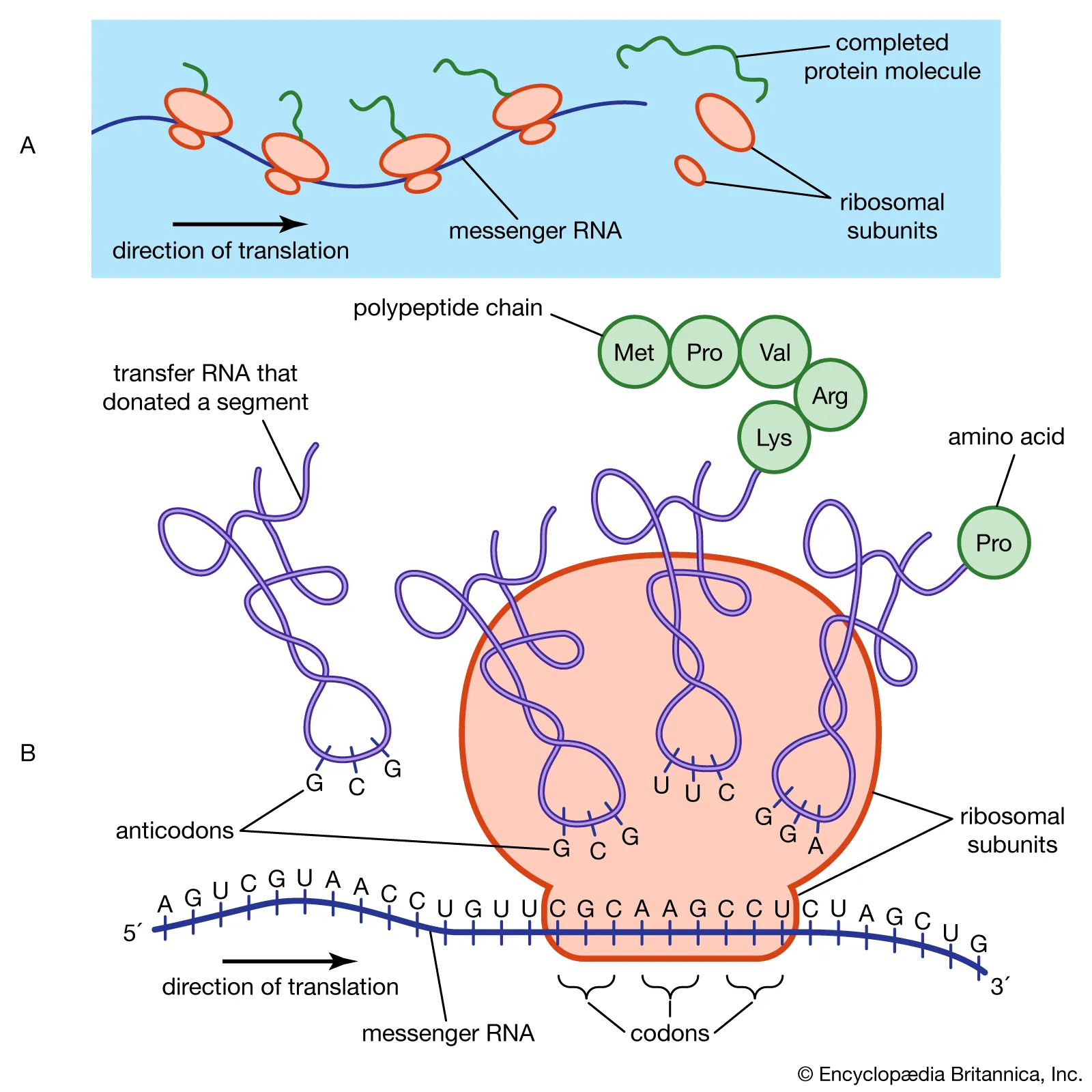
Protein synthesis by ribosome is a process that involves the decoding of an mRNA message into a polypeptide product¹. The protein synthesised by ribosome can be used for various functions in the cell, such as catalysis, structure, transport, signaling, movement, and defense.
Question
The diagram shows a prokaryotic cell.
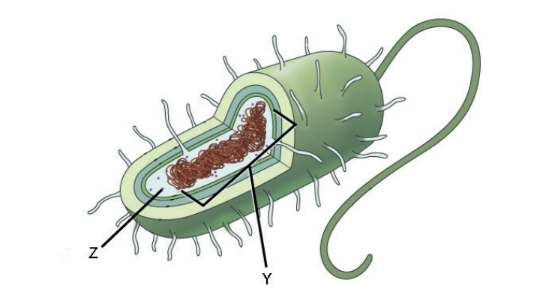
What are the structures labelled Y and Z?
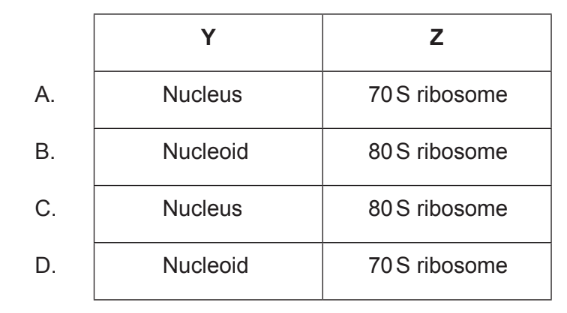
▶️Answer/Explanation
Ans:D
A nucleotide is an organic molecule that is the building block of DNA and RNA. It has three parts: a nitrogenous base, a five-carbon sugar, and a phosphate group. The nitrogenous base can be a purine (adenine or guanine) or a pyrimidine (cytosine, thymine or uracil). The sugar can be ribose (in RNA) or deoxyribose (in DNA). The phosphate group can have one, two or three phosphates attached to the sugar.
Nucleotides have many functions in living cells. They store and transmit genetic information, they provide chemical energy for cellular processes, they participate in cell signaling and enzyme reactions, and they form various coenzymes and cofactors. For example, ATP (adenosine triphosphate) is a nucleotide that acts as the energy currency of cells. NAD (nicotinamide adenine dinucleotide) and FAD (flavin adenine dinucleotide) are nucleotides that act as electron carriers in cellular respiration. cAMP (cyclic adenosine monophosphate) and cGMP (cyclic guanosine monophosphate) are nucleotides that act as second messengers in signal transduction pathways. Coenzyme A is a nucleotide that is involved in fatty acid synthesis and oxidation.
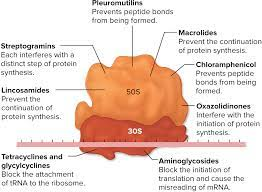
A 70S ribosome is a type of ribosome that is found in prokaryotic cells such as bacteria. It is also found in some eukaryotic cell organelles such as mitochondria and chloroplasts. A 70S ribosome consists of two subunits: a small 30S subunit and a large 50S subunit. The subunits are composed of ribosomal RNA (rRNA) and ribosomal proteins (RPs). A 70S ribosome has a total of 55 protein molecules and 3 molecules of RNA. It has a weight of about 2.7-3.0 million Daltons and a sedimentation coefficient of 70.